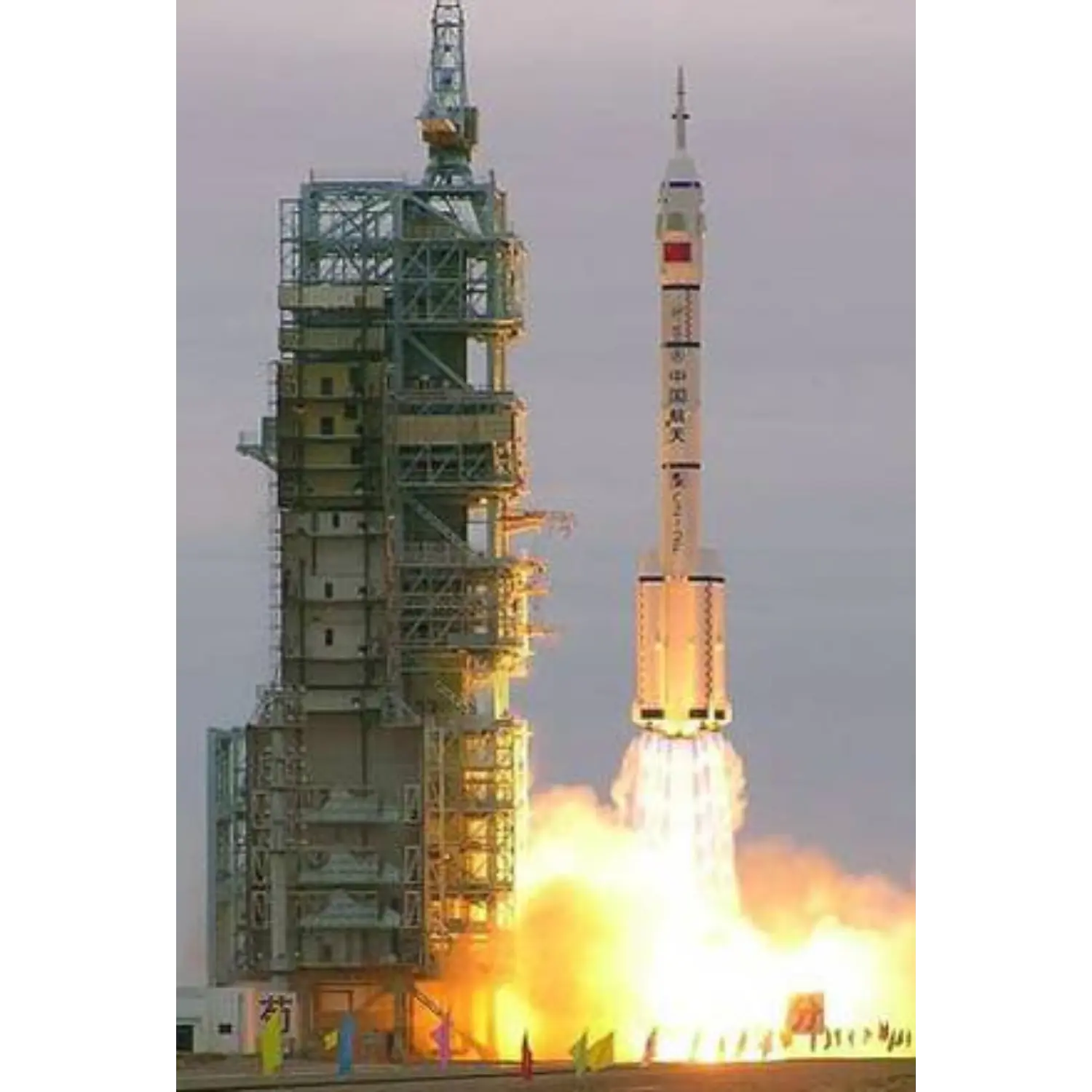/
Shenzhou 3
Launch Success
Liftoff Time (GMT)
14:15:04
Monday March 25, 2002
Mission Details
Launch Notes
First Long March 2F launch with an active launch escape system.
Shenzhou 3
Shenzhou 3 (Chinese: 神舟三号) launched on March 25, 2002, was the third uncrewed launch of China's Shenzhou spacecraft. This was the first Shenzhou spacecraft launched that could have actually carried a human and as such the main objective of the mission was to test the systems required to support a human in space. On board, it carried a dummy to simulate the physiological signals of a human. The launch had been delayed several months due to design changes. It had been planned that Shenzhou 3 would use a new interior design but implementation problems meant reverting to the previous version. The rocket and spacecraft were eventually rolled out on the pad during the Fifth Session of the Ninth National People's Congress and the Ninth National Committee of the Chinese People's Political Consultative Conference in early March 2002. On board were carried 44 different experiments. These included an imaging spectrograph, cloud sensor, radiation sensor, solar ultraviolet monitor, solar constant monitor, atmospheric composition detector, atmospheric density detector, multi-chamber space crystallization furnace, space protein crystal equipment, a cell bioreactor, a solid matter tracking detector, and a microgravity gauge. Also on board was a video camera that broadcast images of the Earth as seen through one of the windows on the spacecraft.
Low Earth Orbit
1 Payload
7,400 kilograms
Rocket


Agency
CASCRocket
Height: 58.34m
Payload to Orbit
LEO: 8,400 kg
GTO: 0 kg
Liftoff Thrust
5,985 Kilonewtons
Fairing
Diameter: 3.6m
Height: 19.11m
Stages
2
Strap-ons
4
Launch Site
Stats
Long March 2F
3rd
Mission
1st
Mission of 2002
2002
14th
Orbital launch attempt